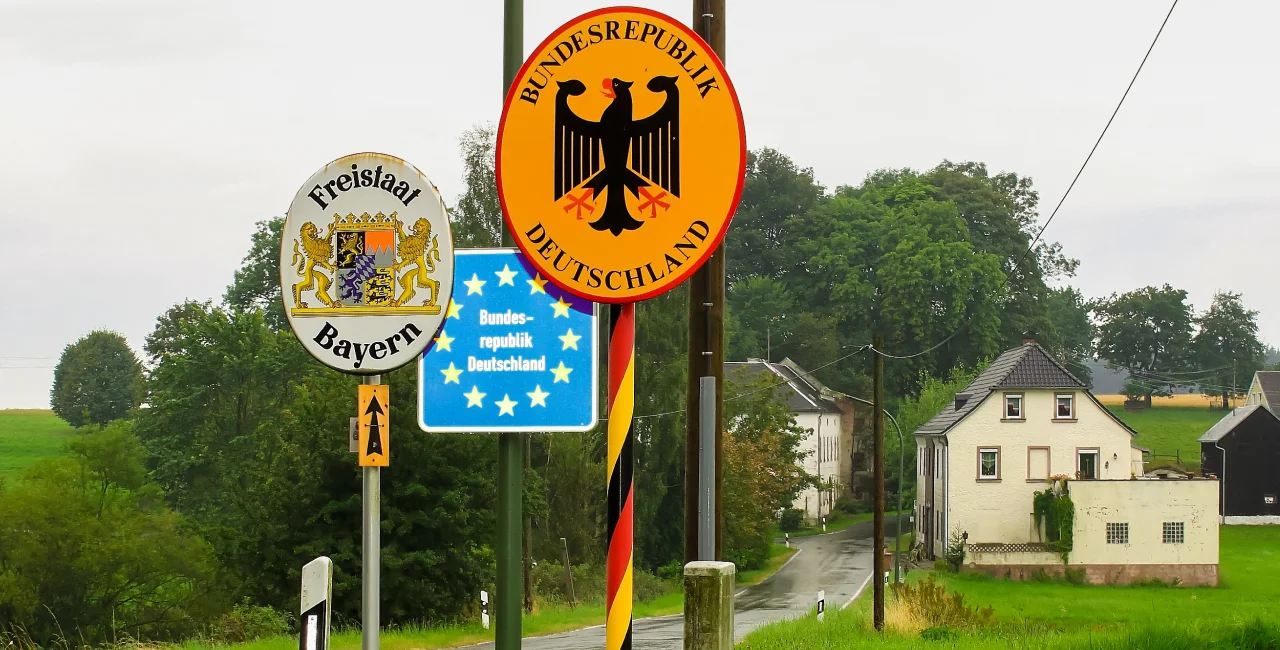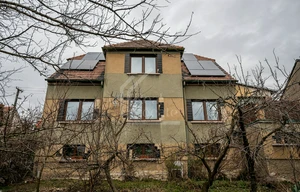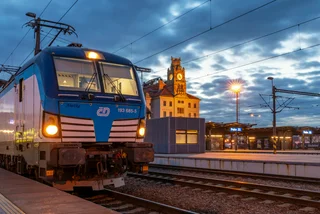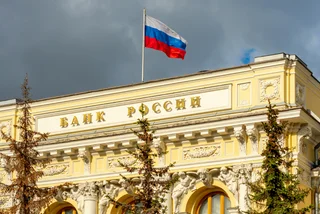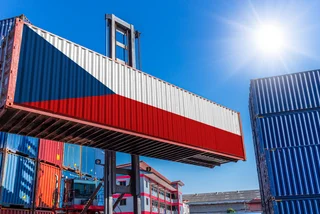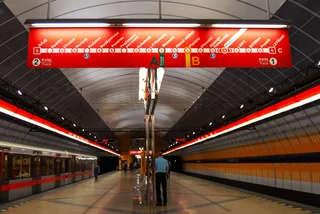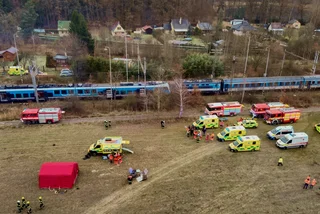Czech travelers heading to Germany, particularly Bavaria and Saxony, should expect increased checks at land border crossings as German authorities tighten migration controls, officials confirmed this week.
The new measures, implemented by Germany’s Interior Minister Alexander Dobrindt on Wednesday, allow federal police to turn away asylum seekers directly at the border—marking a sharp shift in policy.
This means that border officials will scrutinize documents more, and border checks will likely take much longer. Only vulnerable individuals, including children and pregnant women, will be exempted from immediate rejection, Dobrindt said.
How the changes will affect Czechia residents
Federal police in Munich told the German Press Agency (DPA) that travelers will notice the changes. “We are making sure that the restrictions are as small as possible,” a police spokesperson said. “But of course we will do more checks and passengers will feel that.”
Czech officials responded swiftly. Interior Minister Vít Rakušan said Wednesday that the measures would not have a “fundamental impact” on Czech citizens. He noted via social media that he had discussed the issue with Dobrindt earlier in the week. Prime Minister Petr Fiala echoed the reassurance but stated the Czech government would “continue to address” any resulting complications.
Travelers are advised to carry valid identification and allow for possible delays when crossing into Germany.
The Czech Republic shares a border with both Bavaria and Saxony, where the latter has also reinforced controls. A spokesman for the federal police in Germany confirmed an increased police presence but declined to provide specific numbers.
Why Germany has introduced more controls
Since 2015, Germany has maintained tight border controls with Austria, but since October 2023, the checks have expanded to include borders with Czechia, Poland, and Switzerland.
Bavarian Premier Markus Söder described the decision as “a turning point in asylum policy,” adding that the country is “back to the situation before 2015,” when Germany faced a peak in refugee arrivals during the European migration crisis.
Saxony’s Interior Minister Armin Schuster welcomed the move, calling it “a step that has been needed for a long time.”
The policy shift comes just days after new German Chancellor Friedrich Merz took office. Merz had previously pledged to step up the fight against illegal migration as a priority.
Not everyone supports the move. Representatives from the German Chamber of Industry and Commerce (DIHK) warned of potential economic fallout. “The coronavirus crisis already showed that restricting border traffic has a negative impact on the economy,” said Volker Treier, DIHK’s chief foreign trade official.
tips for tracking border delays
- Google Maps and Waze: These apps provide real-time traffic data, including border congestion and delays, and suggest alternative routes if there are delays at the border.
- Czech Traffic Information System (Dopravní Info): Official website offering real-time traffic updates, including information on border checks, road closures, and delays within Czechia.
- ADAC (German Automobile Club): ADAC provides up-to-date traffic information for Germany and neighboring countries. Its website and app can also show information about border crossings and delays.













 Reading time: 2 minutes
Reading time: 2 minutes 